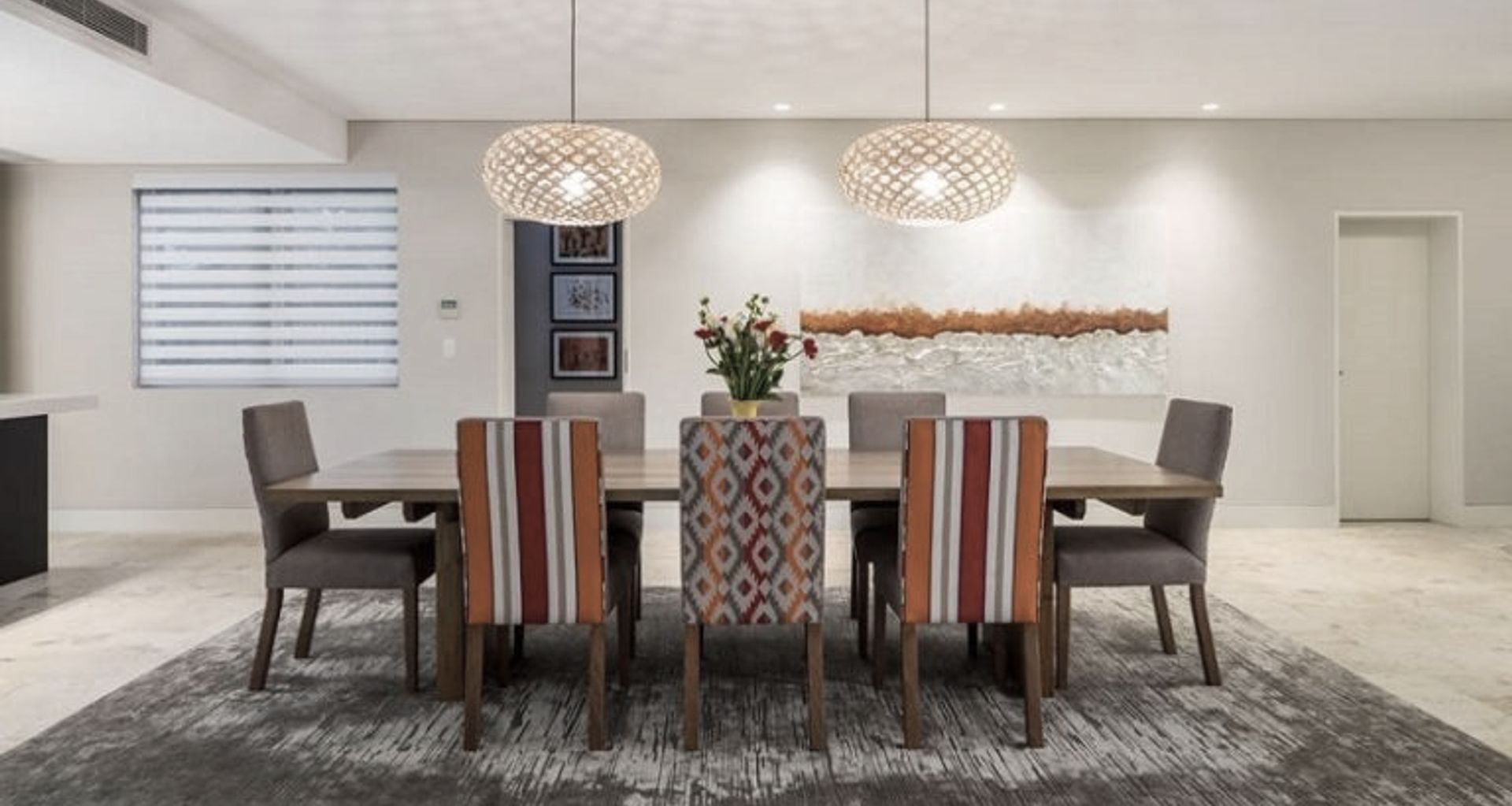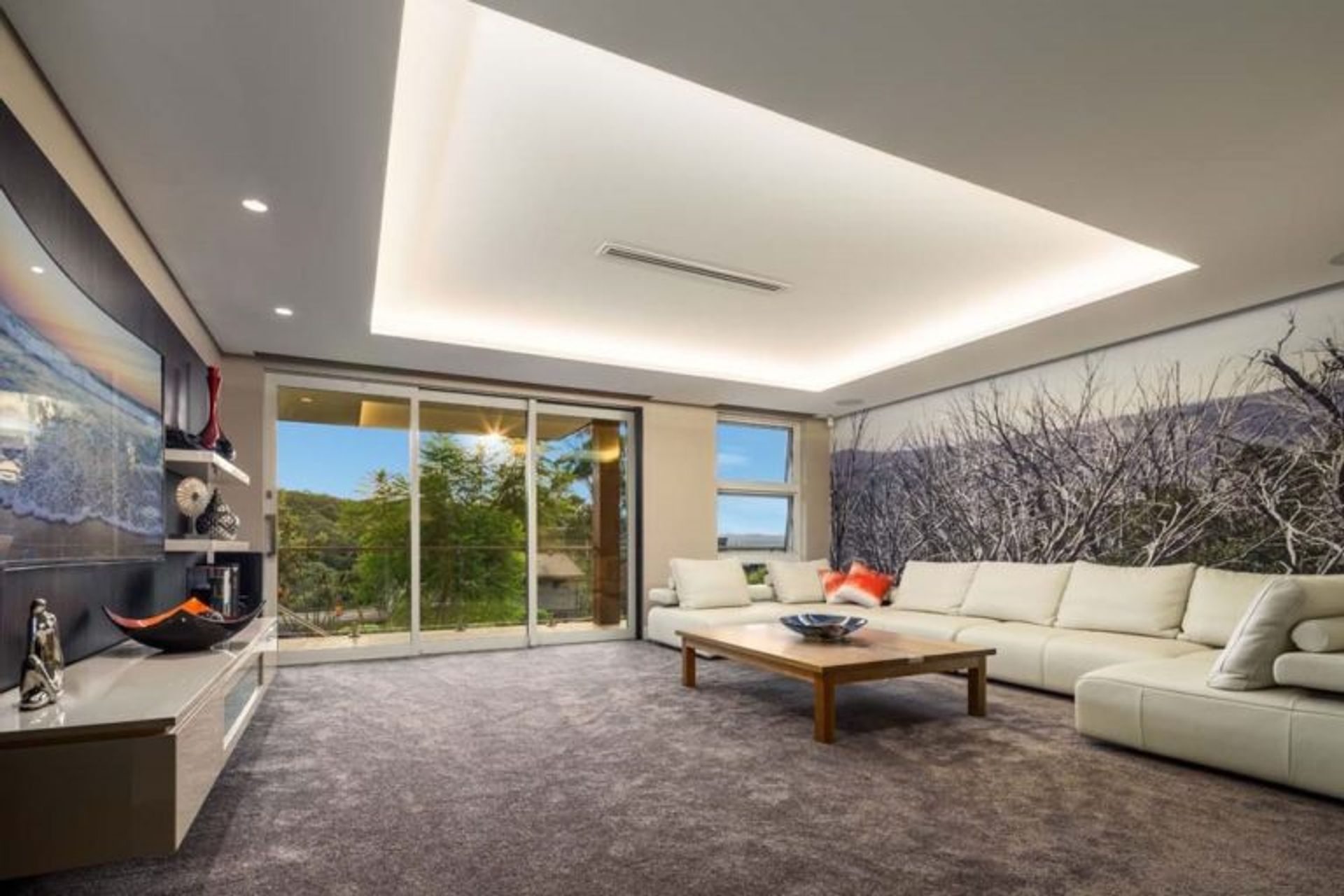Furnishing Large Spaces

Furnishing large spaces can be tricky! And these days we seem to want our houses bigger and our back yards smaller. But while having more space is appealing, bigger homes can present you will some challenges.
Large living areas can be left feeling cold and empty if not styled and decorated correctly. So today we thought we would share some tips for those of you struggling to fill your space.
It’s important for you to create a functional space where you can feel truly comfortable. Like anything in design getting the balance, layout and proportions right is key.
Creating Zones
A good starting point when furnishing large spaces is to think about how you will utilise particular areas. Instead of just looking at is as ‘one room’ start thinking about creating two or three different zones. Having separate, designated areas in a large living room will make it feel more intimate and social.
You may want to create a cosy lounge room with a reading nook in the corner? Or maybe you would like a dining area there instead?
Apart from promoting versatility to your space it also adds visual impact by providing a dimensional appearance. There’s nothing worse than having a large lounge room with a couch at one end and some seating at the other.
Getting a feel for how you want the space to be used will enable you to start planning your zones. Then you can start thinking about furniture items and placement.
When trying to create zones it is important for you to consider access points and ensuring good flow of movement. Some areas you may prefer a little more privacy while others will need continual easy access.
Defining Zones
Once you have decided on what zones you would like to create you then need think about how to go about that.
Obviously with there being no walls there you will need to create divisions. This will allow each area to stand alone. You can do this in a number of different ways.
Rugs
Layering rugs is one of the easiest and most successful ways to fill out your floor space and provide definition. Not only do they anchor a space but they also add detail and texture.
You can lay rugs under the sofa and coffee table, under your dining table and even under your bed.
If using multiple rugs in one space it’s important to ensure they work harmoniously together. Try to mix things up a little and not be too repetitive and matching.
Another thing to think about when choosing your rug is the material – does it need to withstand lots of foot traffic or is it just to provide a little spot of luxury?
Pot Plants
Using tall, leafy pot plants and trees indoors is a great way to help define zones, fill dead space as well as provide sound reduction and health benefits.
You can fill lonely corners with tall, flourishing plants or strategically place along-side items of furniture to create definition and privacy.
Furniture Placement
Another option for sectioning off areas of large living spaces is strategic furniture placement. For example, floating your sofa appropriately and placing something like a console table or daybed behind it works well. Doing this will mark a separation while still keeping a flow between zones.
Open bookcases are a fantastic room divider that don’t block light and can provide interest to zones either side of it.
L-shaped sofas are also great for dividing between your living and dining areas in a large space.
Pay Attention To Proportion
Talking of furniture, you need to pay attention to proportion when selecting items to fill your space. Think about the size and scale of the furniture, but also of the accessories and any patterns on fabrics or wallpaper. Getting this right is important!
You will make your room look out of proportion and feel empty and unfinished if you choose furniture that is too small for your space. Big, bold patterns work well in large areas so avoid small, repetitive ones.
When using big, bold prints or colour it’s a good idea to tie them together with the room by repeating the fabric throughout. For example use the same fabric on an ottoman as well as some scatter cushions on the sofa. This will make the room look unified and more visually appealing.
Think About Layering
Fill out your space by layering your furniture items, ensuring you keep space for good flow and thoroughfare. Use foot-stools and occasional chairs in addition to your sofa/s and coffee table.
If layering isn’t for you, then up-sizing big ticket items can help keep more a minimalist feel. Think deep and wide for your sofa, or two and a big dining table and pendant light.
Consider choosing a four-seater sofa instead of a three-seater, or add built-in bookcases to a large, expansive wall. There are lots of options available when furnishing large spaces.
Choose art and mirrors that are proportionate to the size of your walls. Opt for some big floating shelves?
Hanging smaller framed prints grouped together in an art gallery style is also an effective way to fill out your wall space successfully.
Create a vignette by a window or in a corner by grouping together an occasional chair and footstool with a side table and lamp.
It’s so important to visualise the size your furniture will appear in the space, you want the scale of the pieces to match the scale of the room – so why not grab a measuring tape and mark it

Styling and furnishing large spaces doesn’t have to be difficult and costly. Take your time, select proportionate sized furniture and accessories that suit your lifestyle and budget and don’t be scared to mix the old with the new. Be patient and HAVE FUN!
